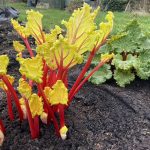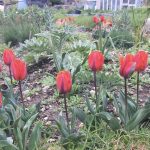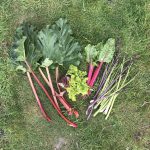There is no denying that autumn is upon us as the shorter days bring colder weather, blustery rain storms and smoke from cosy fires fills the damp leafy air. On calmer days there is much to love about this time of year, the variety of colour from plants is at its greatest as gold, bronze, brown, yellow and red of leaves blanket the earth. Late flowers of Nerines, Dahlias, Asters and Persicaria cling to petals to the very last moment amid fluffy ornamental grasses. This time of year is about leaf filled walks, fungi spotting, preparing vegetable beds for winter and sowing the final crops of the year for harvesting next spring. A promise to yourself and the universe that a bright spring will come again.
Sow vegetables this month
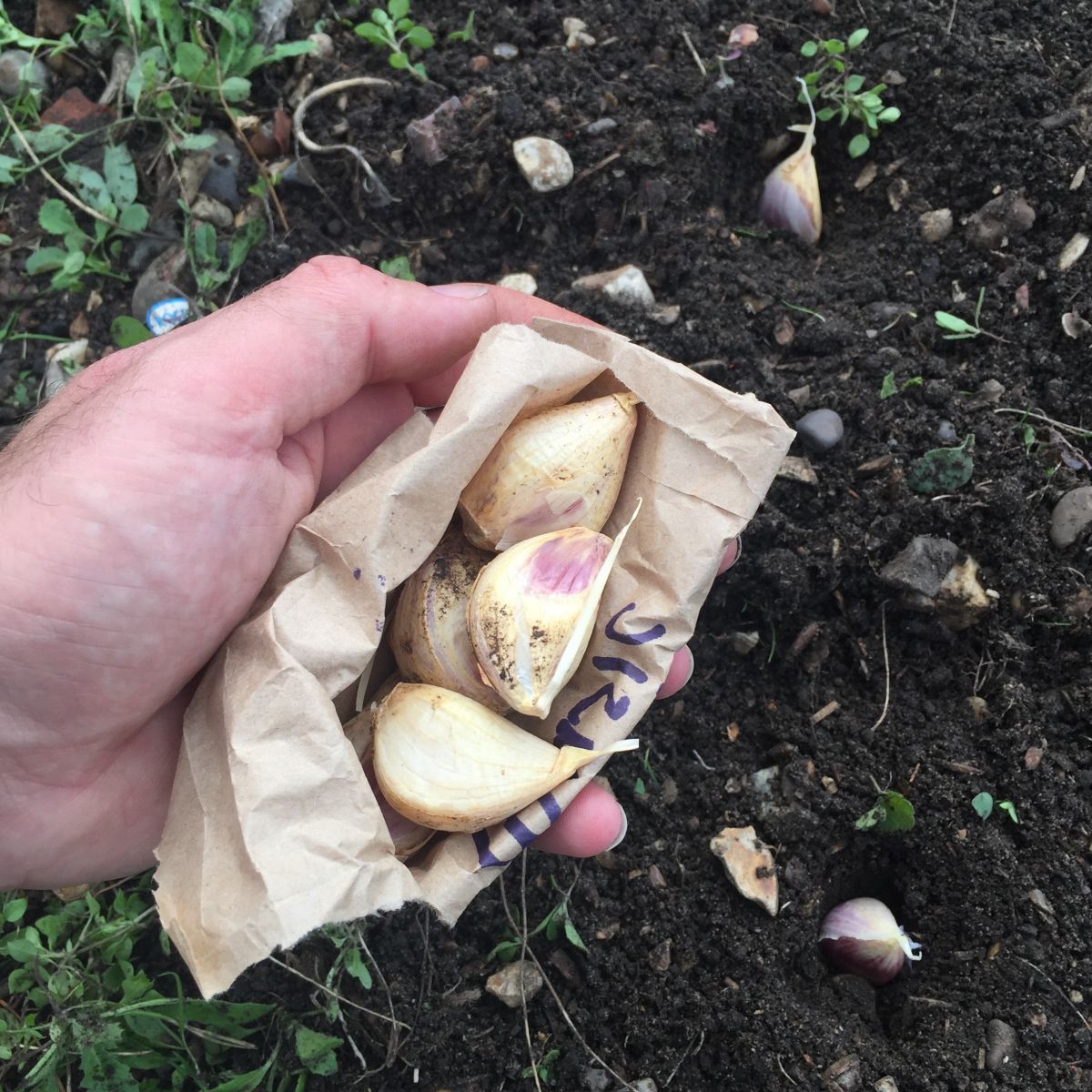
- Winter lettuce and hardy salad crops: to be covered by horticultural fleece or grown in a polytunnel or greenhouse
- Hardy peas: sow mid-October onwards, I always grow ‘Meteor’ over winter. Ready to eat in spring as the weather warms.
- Broad beans: sow from mid-October onwards, like peas, I’ve tried loads but have the best results from ‘Aquadulce Claudia’ or ‘Superaquadulce Claudia’. The latter is meant to be an improved variety of the former, I can’t tell the difference between the two. These will be ready to eat in mid spring and form a great ground cover to slow winter weed growth.
- Garlic: plant garlic cloves this month to overwinter and harvest next summer.
Prepare for winter
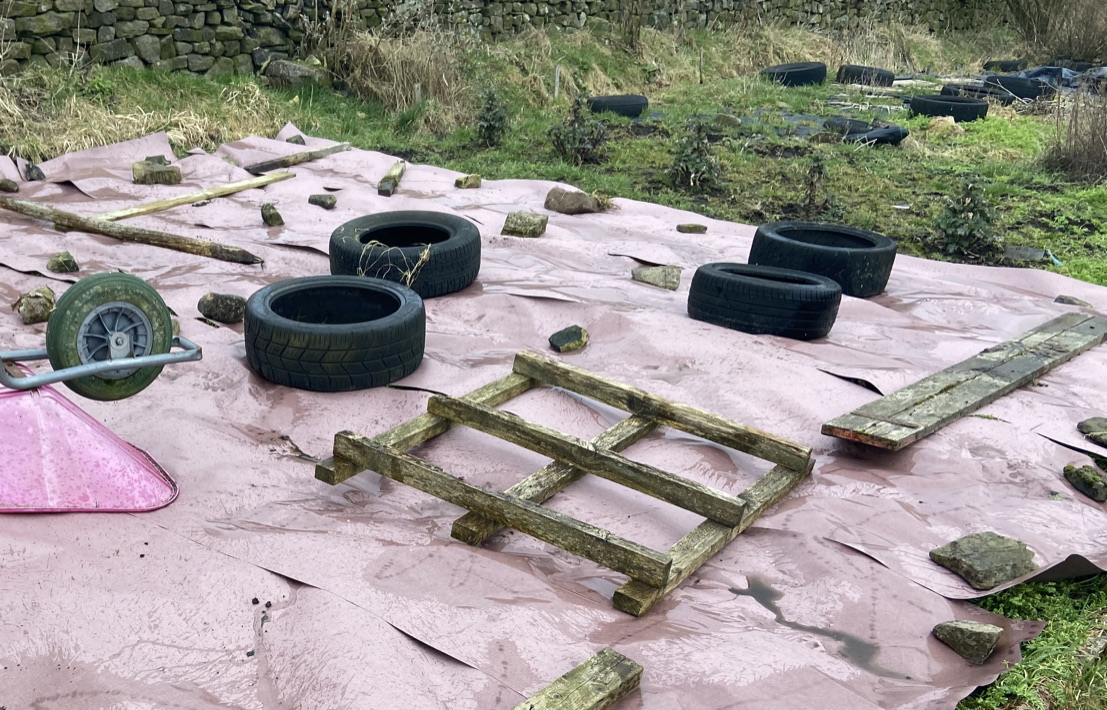
- Mulch: now is a good time to mulch beds with a good 3 – 7cm layer of peat free compost or well-rotted manure, enriching the soil and improving structure for next spring. The thickness of layer will depend on how much improvement your soil needs. If in doubt, add more as you can never add too much mulch.
- Cover beds: use weed suppressant matting or tough tarpaulin to cover planting areas to stop weed growth. Neither of these are great for the environment though some tarpaulin can be recycled. The most important thing is to protect and reuse them for as many years as possible. For better covers for the environment, look to cardboard and green manures, which are plants that grow thickly, smothering the soil and slowing weed growth. Some people have had good success with a thick layer of wood chippings too (not pure bark chippings). Compost and well-rotted manure will have the same effect. For the environment, try to lean more toward these non-plastic options. I currently use a mix of everything to strike a balance.
- Insulate greenhouses: using horticultural fleece or newspaper around pots. Again, horticultural fleece and bubble wrap are not good for the environment as they’re largely plastic and can’t be recycled. Other options include hessian, sheep’s wool fleece as well as the newspaper already mentioned. If you receive things in the post with bubblewrap, save this for this use.
- Protect brassicas: make sure Brussels sprouts and other crops standing over winter are staked to keep them upright against strong winds. Keep them covered with netting or insect mesh to protect from hungry pigeons.
Lawns
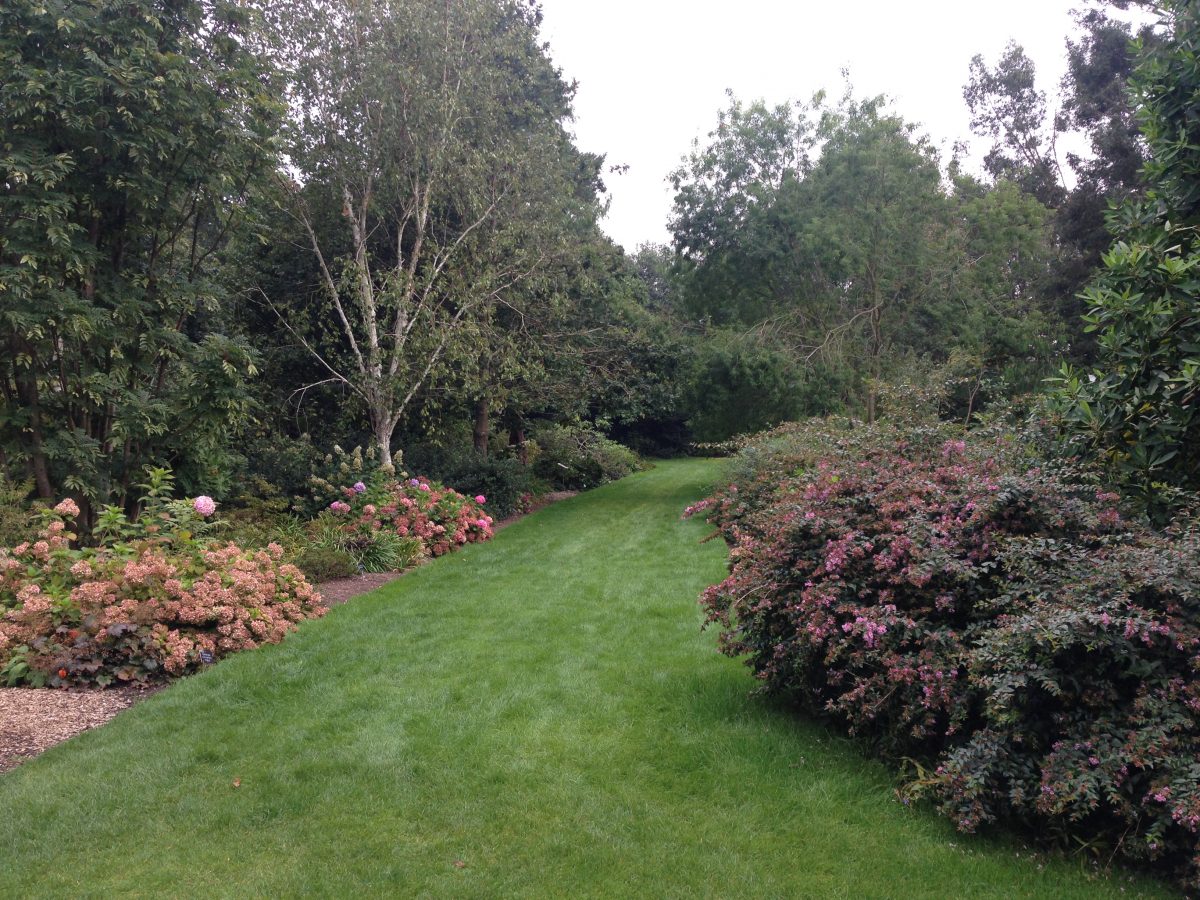
- Sow grass seed or lay turves: now’s the time to get new grass down in well prepared soil, that’s perfectly flat. Seed will do well now while the ground is still warm but also damp. Of course, you can’t walk on it until well established next year. Turves are faster but you still shouldn’t walk on them through winter anyway, as walking on lawns in winter damages the grass creating dips and soggy mud patches.
- Repair a lawn: this is easy by cutting out the damaged bits by slicing around and then under the layer of grass. Then add compost to level a little and either sow seed or add pieces of turf into the gap. Easy peasy! There shouldn’t be any gaps between joins but if you do end up with one, fill it with compost and the grass should spread into it eventually, or sow some extra seed into it.
Divide perennials
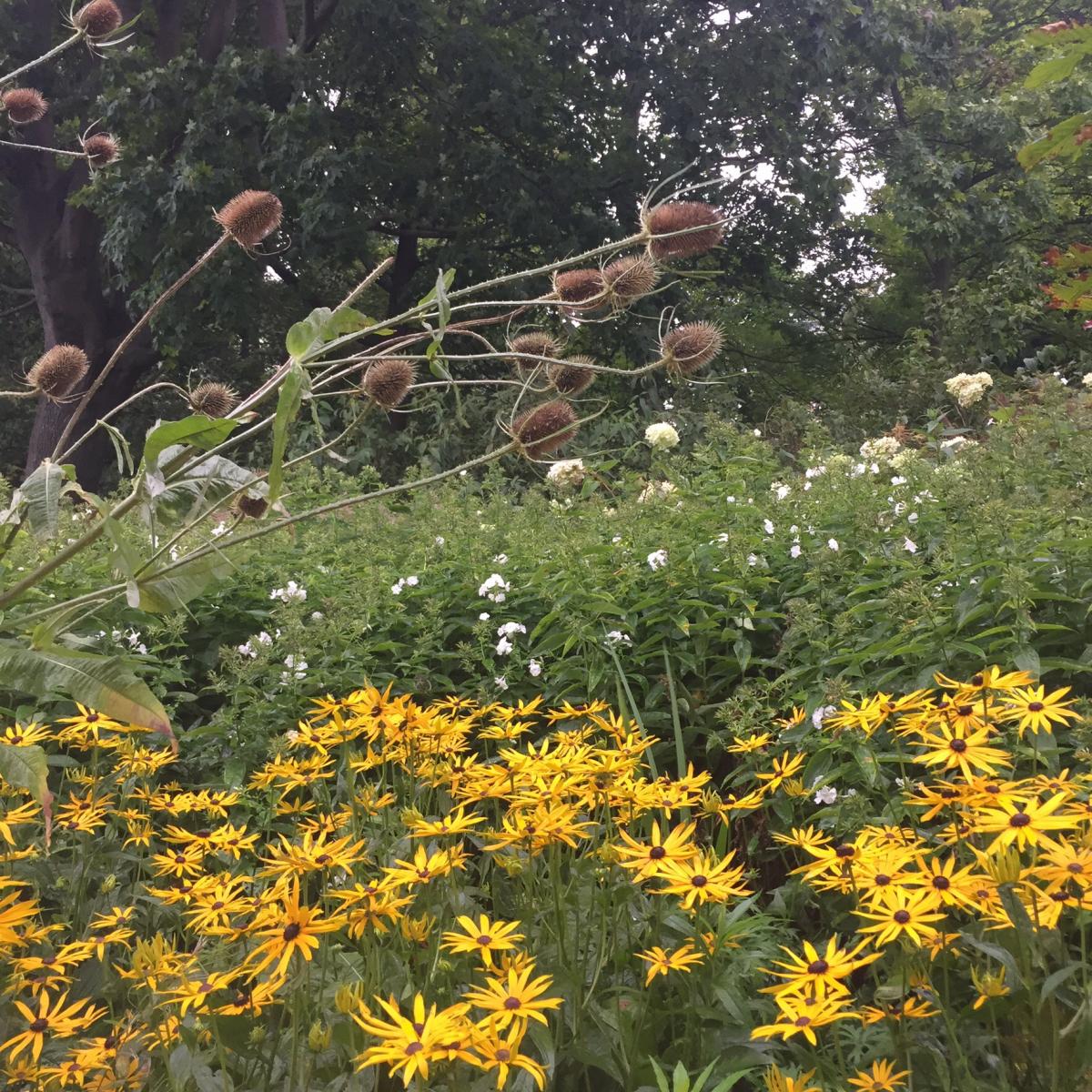
- Find the right plant: perennials that can be divided usually do well if this is done in autumn or spring. Autumn allows them time to get roots down through winter ahead of stronger growth in spring, though really, I find little difference in when you do it. Choose a plant that is large, well established with lots of growing points at the base, like the Rudbeckia above. Not all plants can be divided, so research online first and ask on the community to check if you’re in doubt.
- Lift: you can either cut a piece out directly, leaving the original plant in the ground, or it’s easier to dig the whole plant up with a spade, being careful to lift all of the roots.
- Cut: have a good look at the plant to see where the growing roots are, which extend downward into growing tips for the root, an upside down growing point. Cut vertically between these growing points to produce smaller plants (divisions) with roots and shoots.
- Re-plant: plant each division back into the ground where you want them or into peat-free compost filled pots until you’re ready to plant out, which could be next spring.
Other stuff
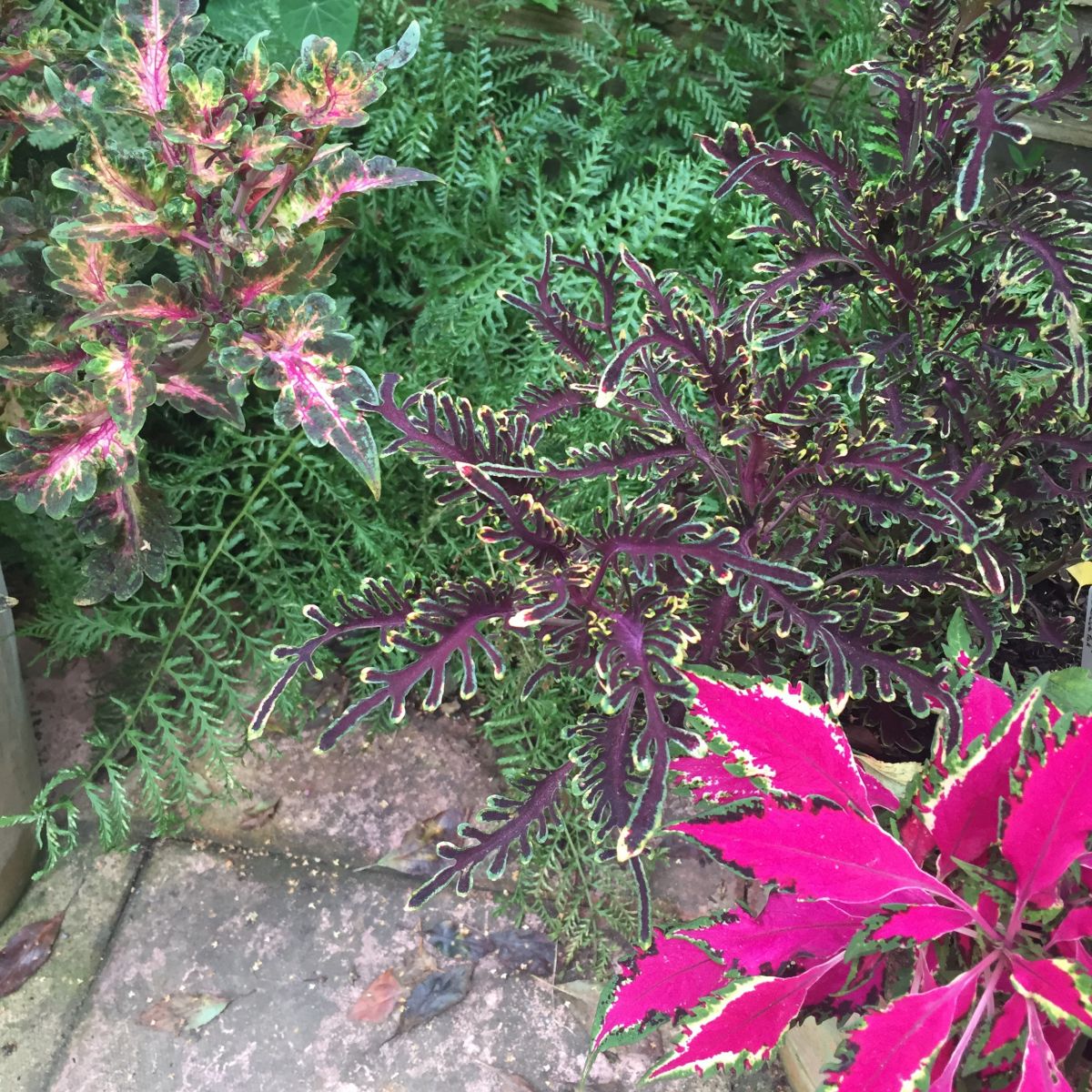
- Collect seeds: and save them in seed packets (available here).
- Hedges: finish cutting any hedges.
- Bulbs: finish planting any bulbs.
- Tender plants: any you’d like to keep, bring inside to a sunny window or a heated greenhouse now.
- Move shrubs and perennials: if you have to, now is a good time to do it – remember the golden rule of protecting the roots by digging up as big a root ball as you can.

